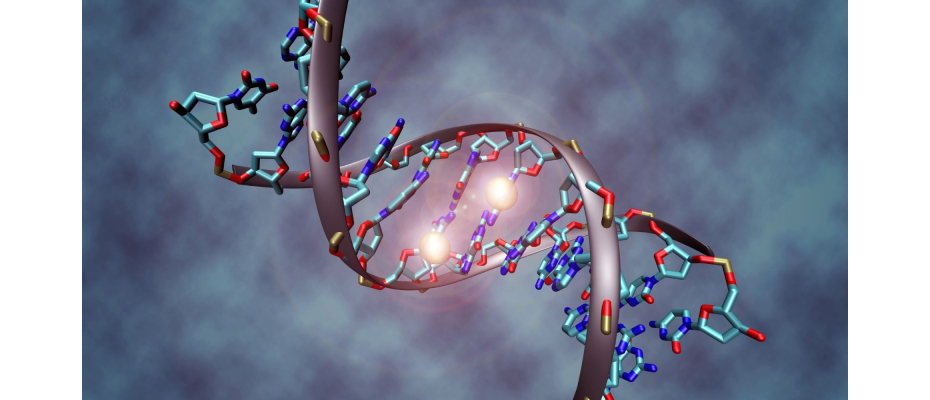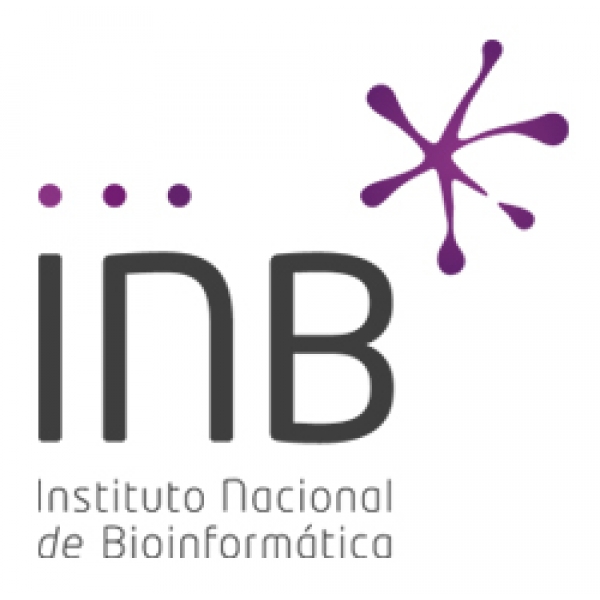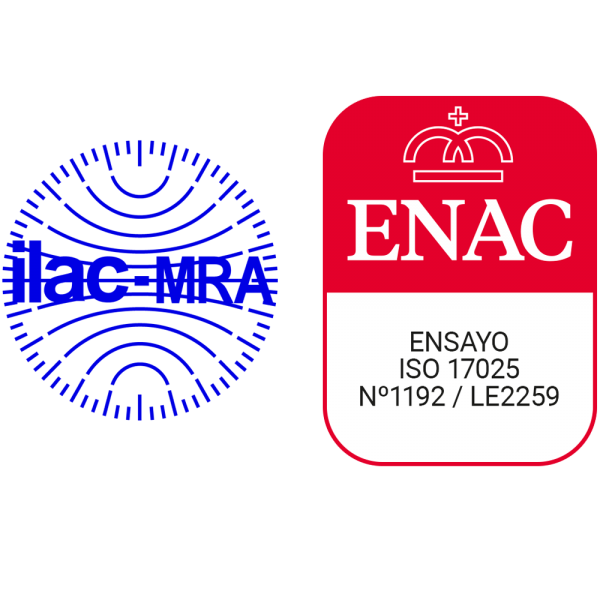
Cancer is not a single disease, and it rarely follows a straightforward path. Tumours can begin silently, grow, and change in unpredictable ways, making them difficult to treat and anticipate. To understand this complex process, scientists study not only genetic changes, but also epigenetic alterations, chemical modifications that regulate gene activity and ensure normal cellular function. Among these, DNA methylation plays a key role. While it normally helps maintain proper gene regulation, researchers have now discovered that it can also serve as a unique molecular signature, revealing which cells gave rise to the tumour and how they evolve as the cancer progresses.
This breakthrough was led by an international team coordinated by Clínic-IDIBAPS in Barcelona and the Institute of Cancer Research in London, with the contribution of the Centro Nacional de Análisis Genómico (CNAG). The study, published in Nature, shows that DNA methylation patterns can be used to reconstruct the history of cancer progression and anticipate its future trajectory. By applying advanced mathematical models, the researchers were able to decode these patterns and trace the tumour’s development over time.
At CNAG, the Biomedical Genomics Group, led by Director Ivo Gut with researcher Madlen Müller, together with the Bioinformatics Development and Statistical Genomics Team, with Simon Heath and Emanuele Raineri, carried out the experiments and performed the primary analyses of the long-read nanopore sequencing data. Their work provided the foundation for the subsequent analysis of DNA methylation patterns, which lie at the core of the study.
The research analysed tumour samples from more than 2,000 patients with lymphoid cancers, including paediatric leukaemias such as acute lymphoblastic leukaemia and adult diseases such as chronic lymphocytic leukaemia. Using the mathematically-based algorithm EVOFLUx, the team detected fluctuating methylation signatures that capture how tumours emerge and diversify. This allowed the researchers to link the early evolutionary dynamics of tumours to their future clinical behaviour, providing an unprecedented tool for predicting disease progression.
The study brought together 21 researchers from 15 institutions across Spain, the United Kingdom, Sweden, Switzerland, and the United States. It was coordinated by Iñaki Martín-Subero (IDIBAPS, CIBERONC) and Trevor Graham (ICR London).
REFERENCE ARTICLE
Gabbutt, C., Duran-Ferrer, M., Grant, H.E. et al. Fluctuating DNA methylation tracks cancer evolution at clinical scale. Nature 645, 764–773 (2025). https://doi.org/10.1038/s41586-025-09374-4
PHOTO
Christoph Bock (licensed under CC BY-SA 3.0).











